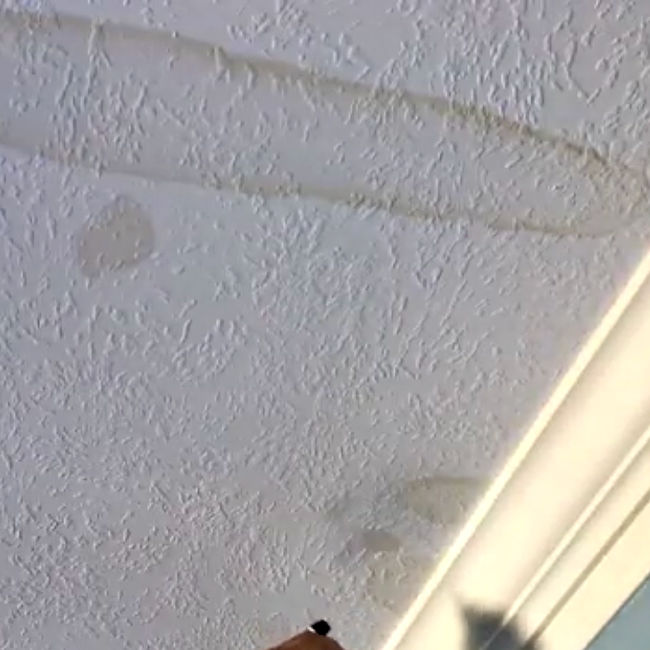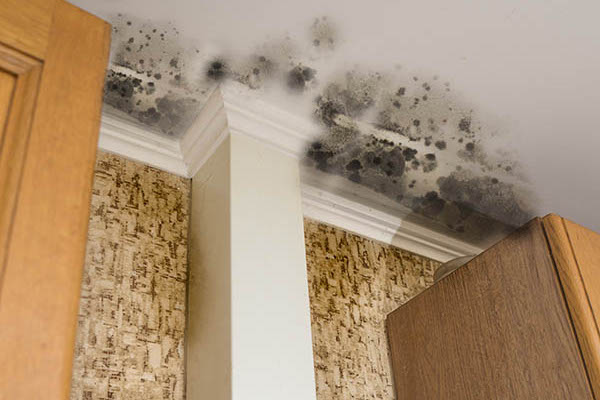Stains from Water on Walls: Checking and Addressing Steps
Stains from Water on Walls: Checking and Addressing Steps
Blog Article
The publisher is making a few great points on How to Remove Water Stains from Walls and Ceilings in general in this post directly below.

Water spots on wall surfaces are not pleasurable to the eyes. Sometimes it appears practically unpreventable to experience water stains on wall surfaces in homes.
House owners living in damp areas frequently take care of the fear of water spots on walls. Yet that does not have to be the case for you. With all-round and precise details on the causes of water spots as well as punctual fixing procedures, you will always be a step ahead of such incidents. So, this post assures to be an useful guide for you.
3 Typical Reasons For Water Stains on Walls
Contrary to popular belief, water stains on walls do not constantly originate from inadequate building materials. There are numerous causes of water stains on wall surfaces. These consist of:
Poor Drainage
When making a structure strategy, it is essential to make sure adequate drainage. This will avoid water from leaking right into the walls. Where the drainage system is blocked or nonexistent, underground moisture builds up. This links to excessive moisture that you see on the wall surfaces of your structure.
So, the leading reason for wet wall surfaces, in this situation, can be a poor drainage system. It can likewise be due to poor monitoring of sewer pipelines that go through the building.
Moist
When hot moist air meets dry chilly air, it triggers water droplets to form on the wall surfaces of structures. This occurs in washrooms and also cooking areas when there is heavy steam from cooking or showers. The water droplets can tarnish the surrounding walls in these parts of your home and also spread to other areas.
Damp or condensation influences the roof covering as well as walls of structures. When the wall surface is damp, it creates an ideal atmosphere for the growth of microbes and fungis.
Pipeline Leaks
Most homes have a network of water pipes within the walls. It always boosts the viability of such pipes, as there is little oxygen within the walls.
Yet, a disadvantage to this is that water leakage affects the walls of the structure and also creates prevalent damage. A dead giveaway of damaged pipelines is the look of a water stain on the wall.
Water Spots on Wall: Repair Work Tips
House owners would normally desire a quick fix when taking care of water discolorations. They would quickly realize this is disadvantageous as the water spots reoccur. Here are a couple of helpful suggestions that will certainly lead you in the repair of water spots on walls:
Pro Tip
A houseplant in your house also raises its moisture. So, if your home is currently moist, you might wish to introduce houseplants with very little transpiration. An example of suitable houseplants is succulents.
Verdict
No one desires to have water discolorations on walls in their home, it can take place to the finest of us. This post provides you leverage, as you currently understand how to manage this accident if it does take place.
It is constantly best to hire specialist solutions to help deal with the damages in your home.
Occasionally it seems practically unpreventable to experience water discolorations on walls in homes.
Contrary to prominent belief, water stains on walls do not always stem from bad building materials. There are a number of causes of water spots on walls. The water beads can tarnish the bordering walls in these parts of your home and also spread to various other locations.
Right here are a few valuable suggestions that will certainly direct you in the repair service of water discolorations on walls:
CHECKING FOR WATER DAMAGE
Water damage can be costly, and it may begin before you even notice the first signs of trouble. Water damage can cause mold and mildew in your walls and floors, which can create an abundance of health concerns for your family. It can also lead to costly repairs of various appliances and general home fixtures. To avoid the pricey consequences of water damage, here are Warner Service’s top 5 places you should check:
The walls – The easiest place to spot the beginnings of water damage is on the walls and ceilings of your home. If water damage is present, there will most likely be water stains, especially around the windows and doorframes, and/or cracks in the drywall. If a stain looks unusual (discolored to brown, black or gray, raised texture), has a swollen appearance or is soft to the touch, contact a professional immediately. The pipes – To avoid water damage, consistently check the pipes in your kitchen (especially the dishwasher and ice maker), bathrooms, laundry room (specifically washing machines) and basement for corrosion, leaks and water stains. Pay special attention to where the pipes connect in your home and the location of caulking around the bathroom fixtures, including toilets, sinks, showers and tubs. Missing or loose caulking and grout could be signs of leaking water. This seepage can also quickly cause mold and rust, so double check your water heater and tank for wet spots on the floor. The floor – Water damage is very easy to spot on the floor. Look for any warping or buckling of the material, especially in the basement. If your home has wood flooring, look for bright white or dark stains. If your home has carpeting, keep it dry and clean. A damp carpet that smells of mold could cause water damage and health problems. To avoid this, consider installing floor pans under your appliances to help prevent damages from small, slow and undetected leaks. The basement and attic – If your basement or attic smells odd check for mold and mildew around the area, especially the valley where the roof meets. While you are inspecting those areas, check for wall cracks, floor stains, rust and dampness in the insulation. If you live in a colder and/or rainier climate, perform routine checks for water damage from melting snow or ice and rain. The exterior – Check the roof for damaged flashing and missing, cracked or curled shingles. There should also be no standing water anywhere outside your home. This could be caused by puddles, leaky rain gutters or hoses, poor drainage, or short gutter spouts. Invest in a sump pump system or water flow monitoring system, and perform routine maintenance on these outdoor appliances to avoid indoor water damage.

As a passionate reader about How to Find and Repair Water Leaking in the Wall, I think sharing that excerpt was a great idea. Are you aware of anybody else who is interested in the topic? Feel free to share it. Thank you for going through it.
Need fast plumbing resolution? Call. Report this page